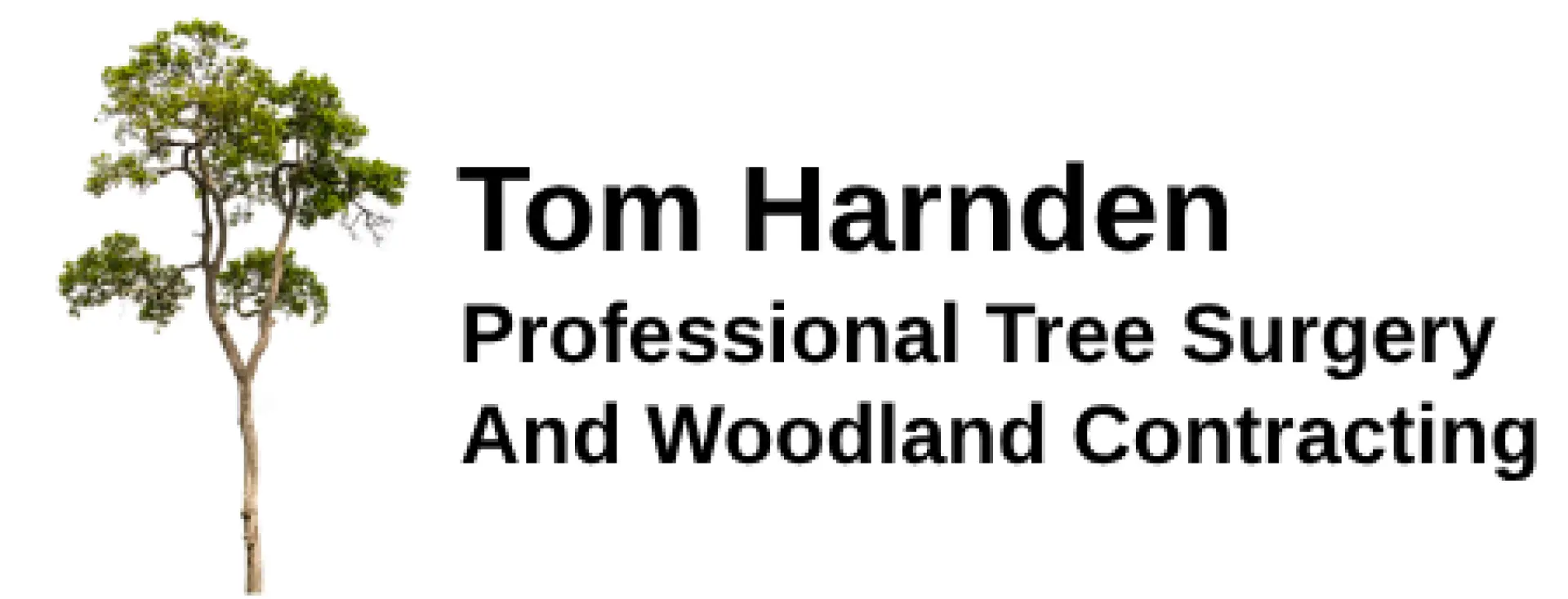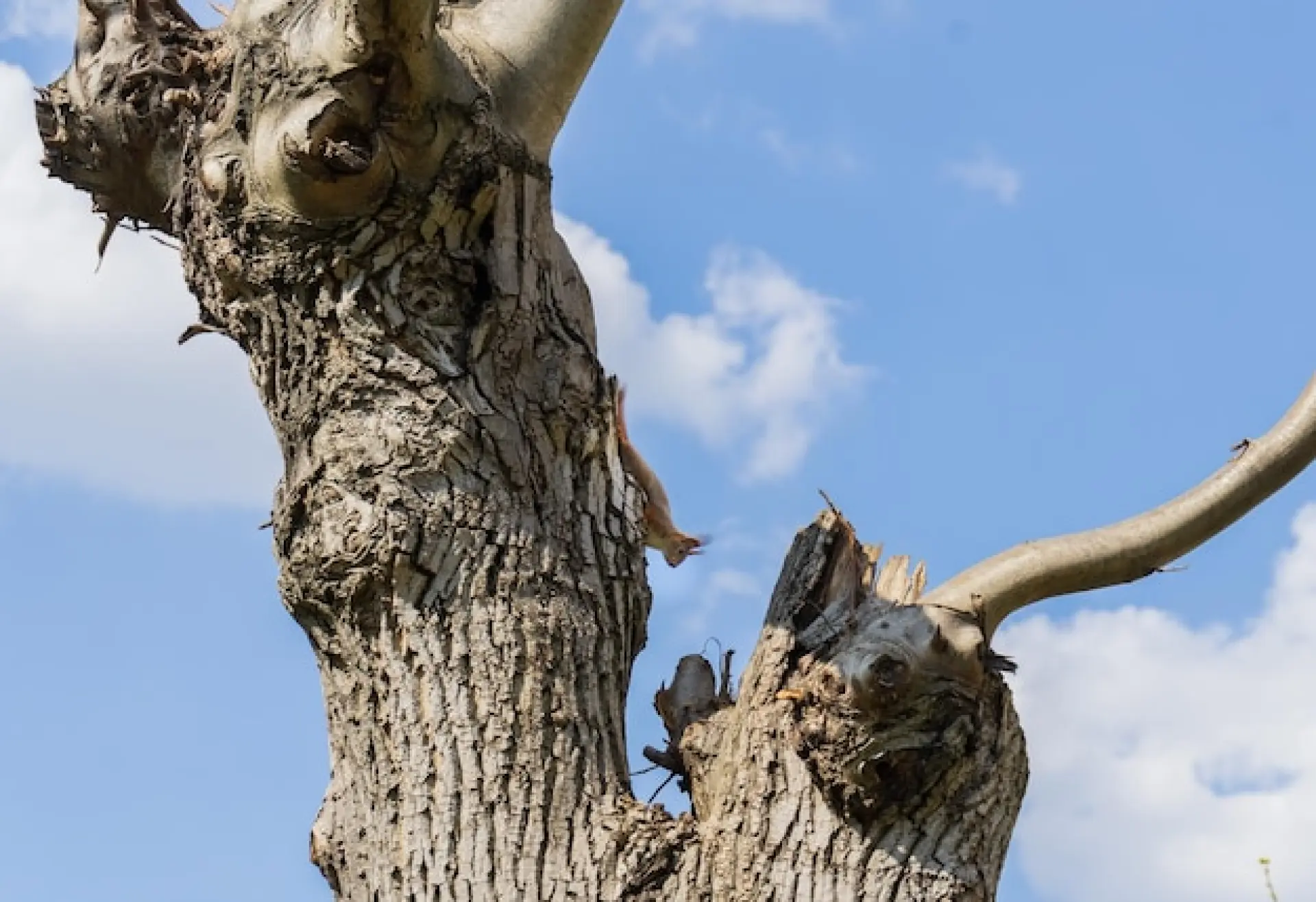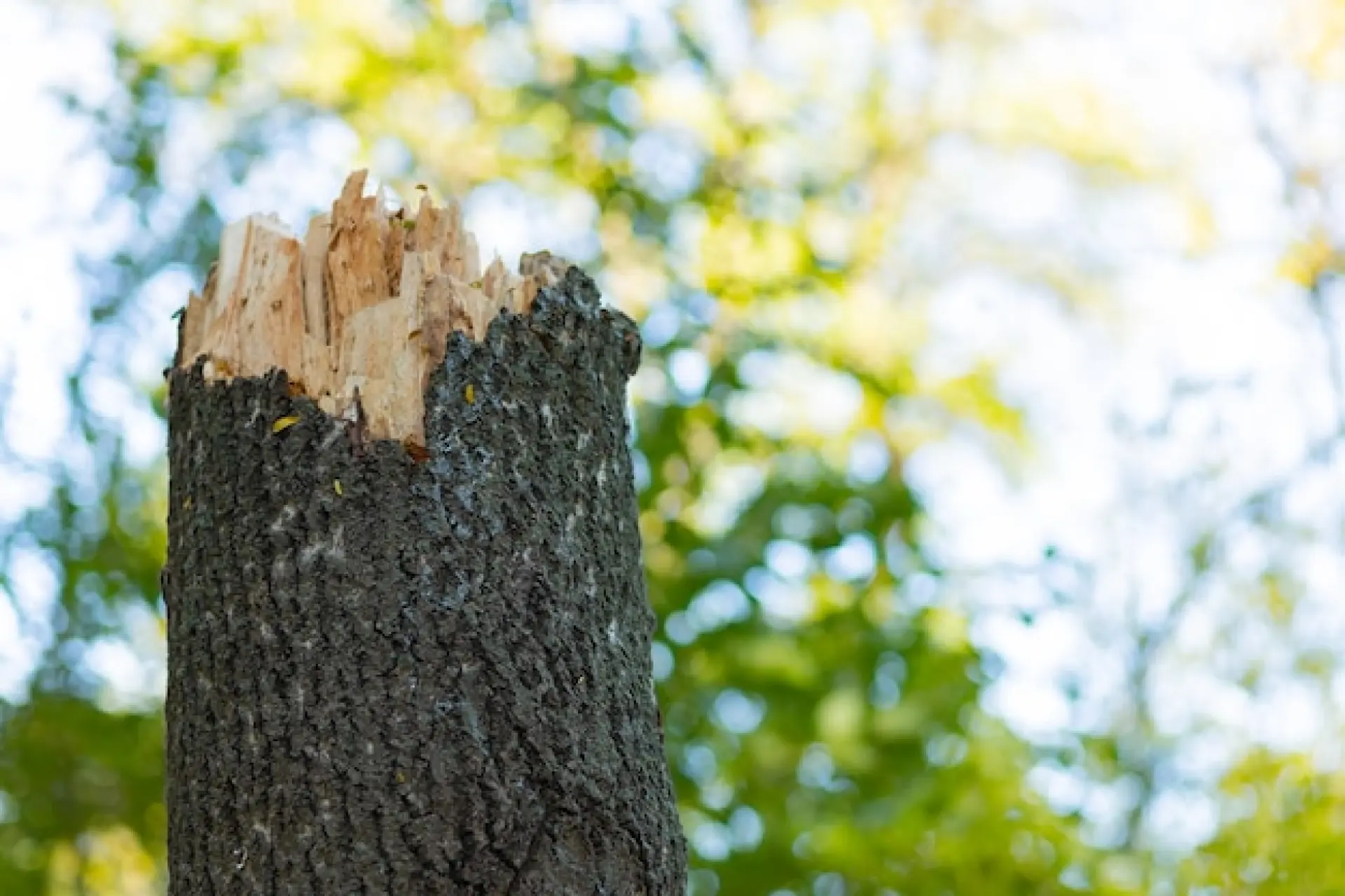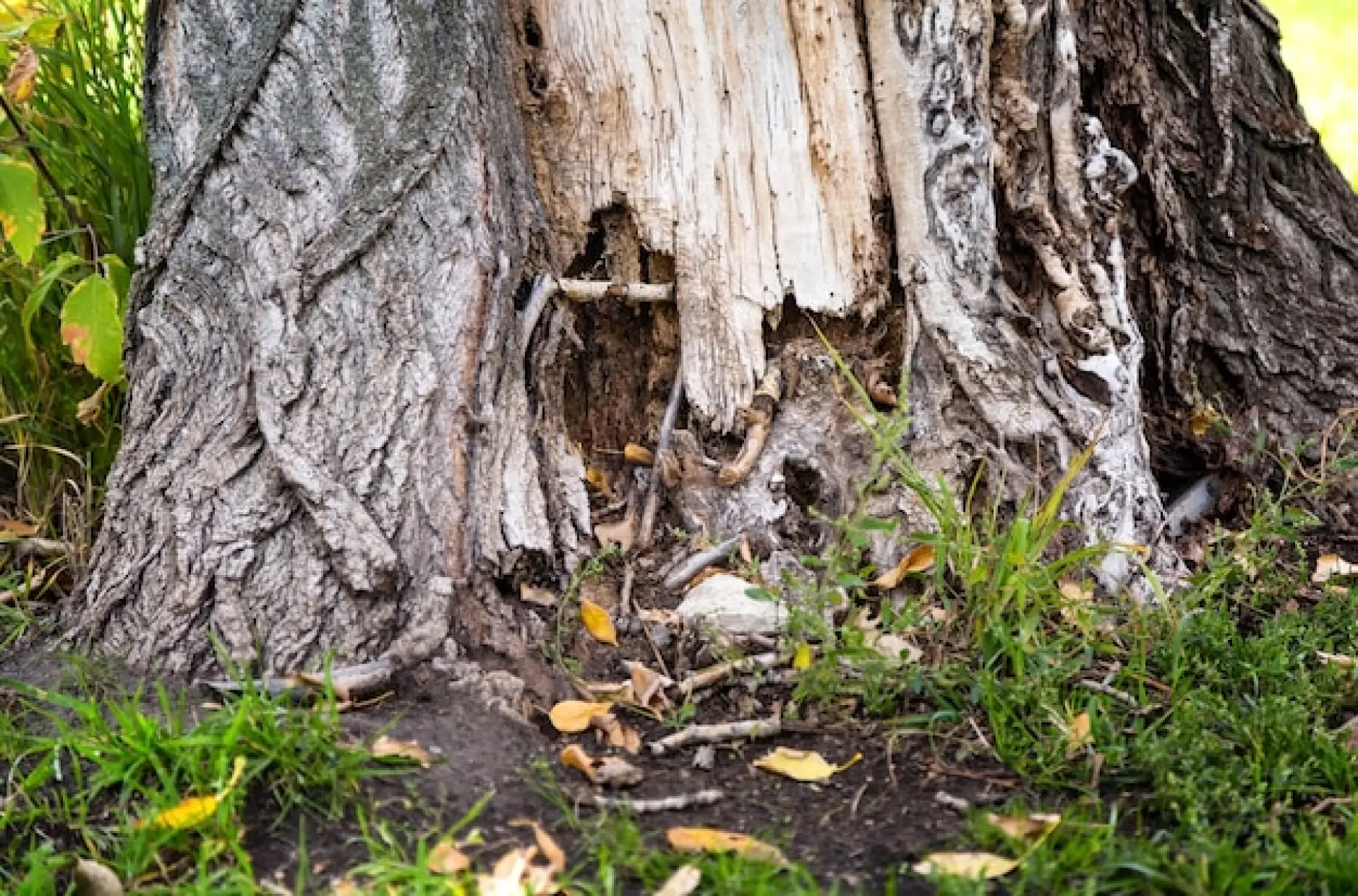Discover what timber harvesting is and why it’s important for sustainable forestry and responsible land management.
What Is Timber Harvesting?
Timber harvesting plays a central role in forest management and the timber industry since it helps supply raw materials that can be used for construction, furniture, paper, and energy. While timber harvesting can simply be seen as cutting trees, it's a complex operation that requires careful planning, environmental consideration, and sustainable practices.
When timber is harvested responsibly, it helps support rural economies, provides renewable resources, and helps prevent forest fires and disease outbreaks by thinning and removing deadwood. However, unsustainable or illegal logging can cause deforestation, habitat destruction, and it can impact climate change. Timber harvesting is more than just cutting trees; it's a regulated process that balances wood production with environmental conservation.
What Is The Process of Harvesting Timber?
Timber harvesting is a carefully regulated and sustainable process that's designed to balance economic demand with environmental protection. The process involves multiple stages, including planning, permissions, felling, extraction, and site restoration.
The first stage is planning, which is where landowners or forestry managers assess which areas of the forest can be harvested. This includes evaluating the tree's species, age, health, biodiversity, and the landscape's value. A Felling Licence must then be obtained from the Forestry Commission before the trees can be legally cut down, unless any exemptions apply.
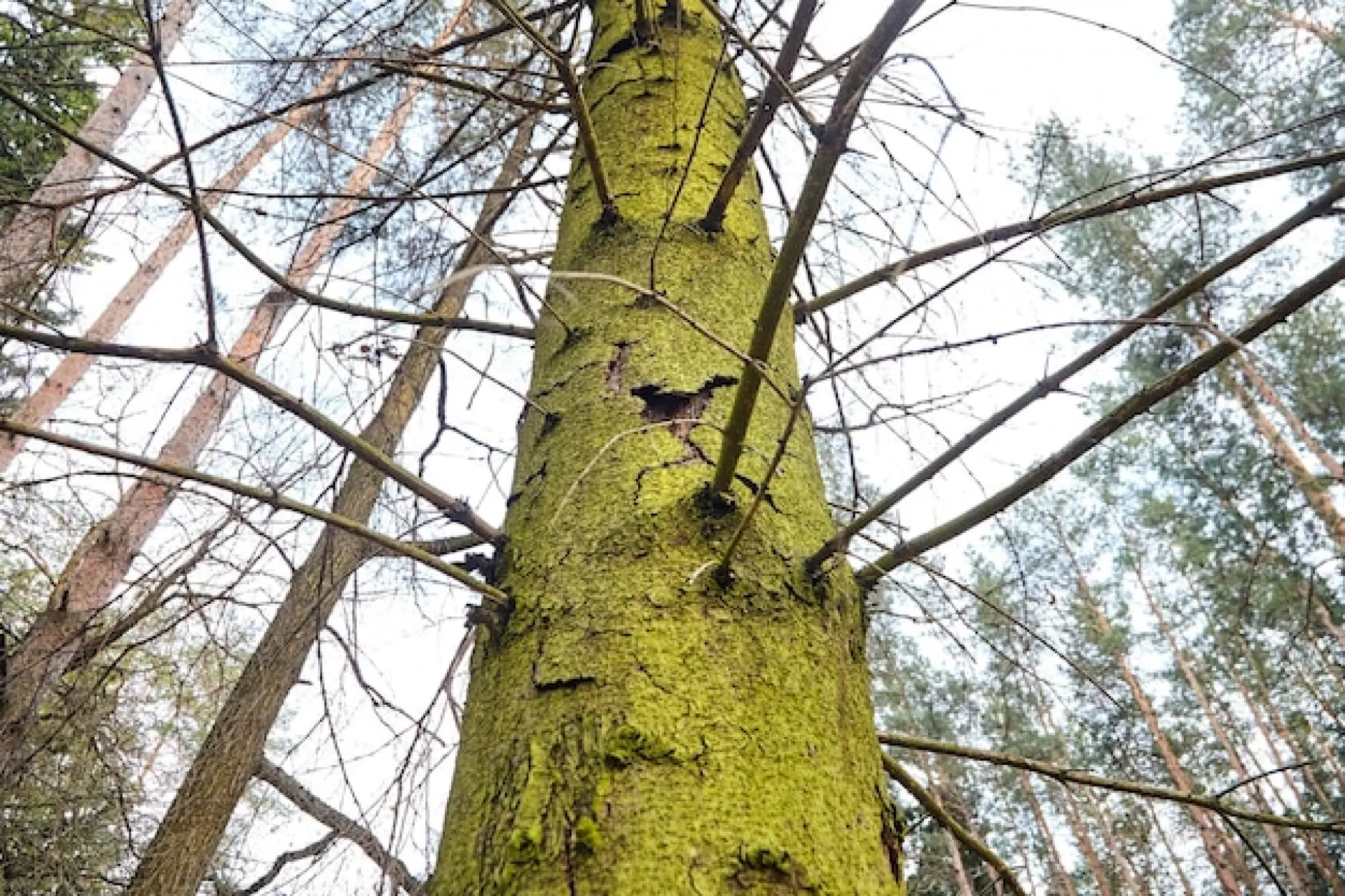
Once permission is granted, the forest operation is planned out. This includes choosing the harvesting method, protecting wildlife habitats, and preparing access routes. There are three main harvesting methods in the UK, and these are: clear-felling, selective felling and thinning.
Clear-felling involves removing all the trees in an area for replanting or natural regeneration. Selective felling refers to when only certain trees are removed to help maintain the forest, and thinning involves removing some trees to improve the growth of others.
After planning, the trees are then felled with machinery such as harvesters and chainsaws to minimise the damage to the surrounding trees and soil. The felled trees are then processed and extracted using forwarders or skidders into stacks for transportation.
The logs are then graded and transported to sawmills or processing plants to be used as construction materials, furniture, paper or bioenergy. After the timber has been harvested, the site must be restored or replanted. This stage often involves replanting trees to maintain biodiversity and ensuring the soil and water are protected.
Types of Timber Harvesting Methods
In the UK, timber harvesting can be carried out using several methods. The main types of timber harvesting methods are clear-felling, selective felling, shelter wood cutting, and thinning.
Clear-felling involves removing all or most of the trees in a defined area. It's commonly used in conifer plantations where fast-growing species like spruce are grown in even-aged stands. While this method can seem drastic, it's often followed by replanting or natural regeneration. Clear-felling allows foresters to harvest timber efficiently and create space for new forest growth.
Selective felling involves harvesting individual trees while leaving the surrounding area largely intact. This method is commonly used in mixed or broadleaf woodlands since it supports biodiversity and continuous forest cover. Selective felling is a more sensitive approach to timber harvesting since it allows light to reach the forest floor and encourages natural regeneration.
Shelter wood cutting is a method where mature trees are removed in phases over several years. The remaining trees then provide shelter for young seedlings to grow underneath them. This gradual process helps keep the forest covered and protects young trees from weather damage. Shelter wood cutting is often used in native broadleaf woodlands since it helps with natural regeneration.
Thinning involves removing a selection of smaller, weaker, or overcrowded trees to improve the health and growth of the remaining trees. Thinning can be done several times during a forest’s life cycle, and it's essential for producing high-quality timber. Thinning also improves biodiversity by allowing more light to penetrate the forest canopy.
Why Timber Harvesting Matters
Timber harvesting plays a vital role in the UK’s economy, environment, and sustainable land management. One of the main reasons timber harvesting matters is its contribution to sustainable forest management.
Through carefully planned operations like thinning and selective felling, foresters can improve the health, resilience, and productivity of the UK's woodlands. Removing overcrowded, diseased, or damaged trees helps prevent the spread of pests and diseases, encourages biodiversity, and makes forests more resilient to climate change and extreme weather.
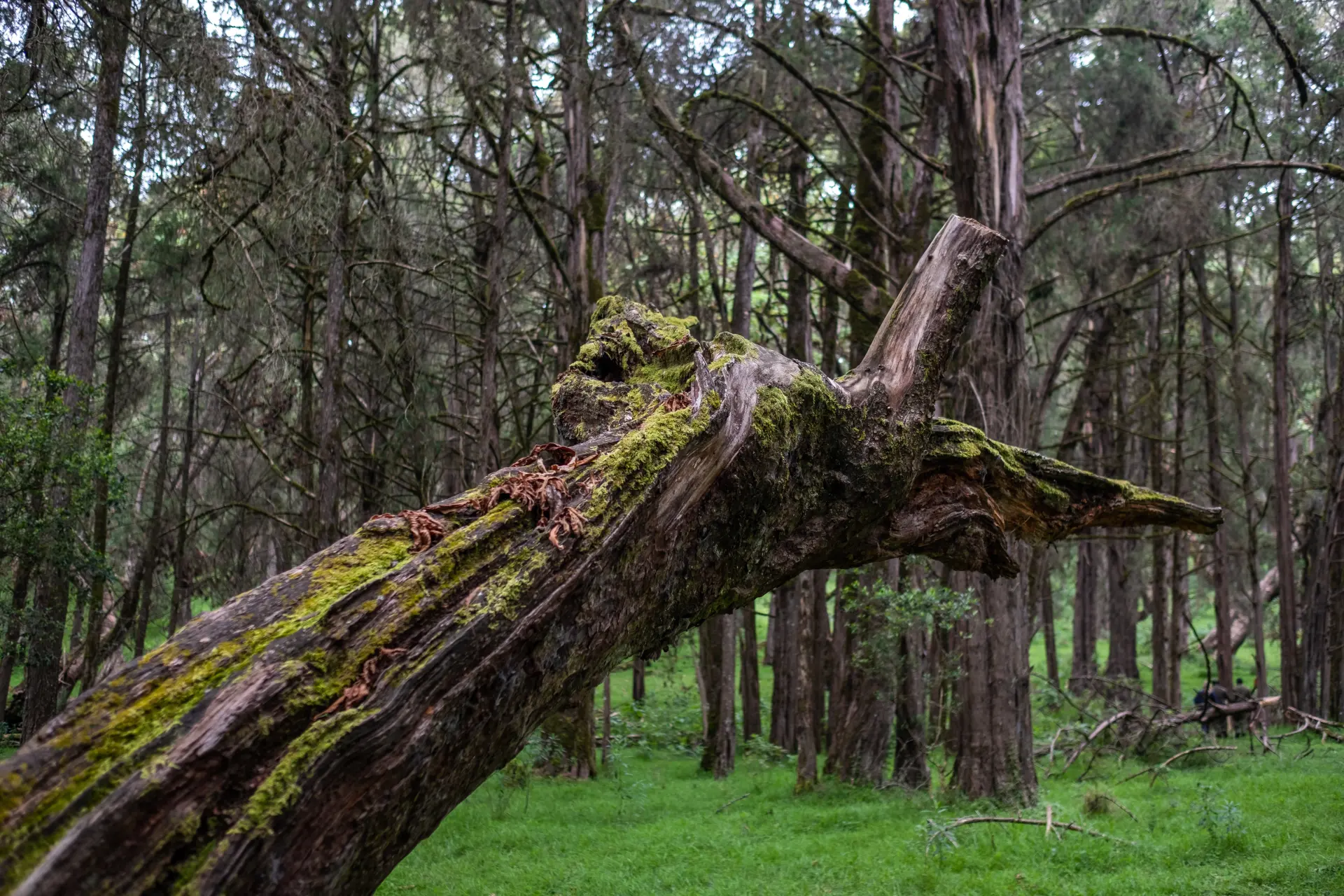
From an environmental perspective, timber harvesting can enhance ecosystems when it's done sustainably. Timber harvesting helps create open spaces in forests that allow sunlight to reach the woodland floor, which helps promote a wider range of plant and animal life. Many woodlands in the UK are actively managed, meaning that timber harvesting is necessary to maintain certain habitats and species, especially in old or semi-natural forests.
In terms of climate change, timber harvesting is part of the cycle that allows forests to capture and store carbon. Younger, fast-growing trees absorb more carbon dioxide than older ones, and harvested timber can still store carbon when it's used as furniture. Meanwhile, replanting or natural regeneration after harvesting ensures that the carbon cycle continues sustainably.
Tom Harnden Professional Tree Surgeons provides professional timber harvesting services across Malvern, Ledbury and Worcester, and we specialise in sustainable forest management, felling, extraction, and site restoration. Our experts use modern equipment to deliver efficient, environmentally friendly services that support your woodland's health, biodiversity and timber production.
